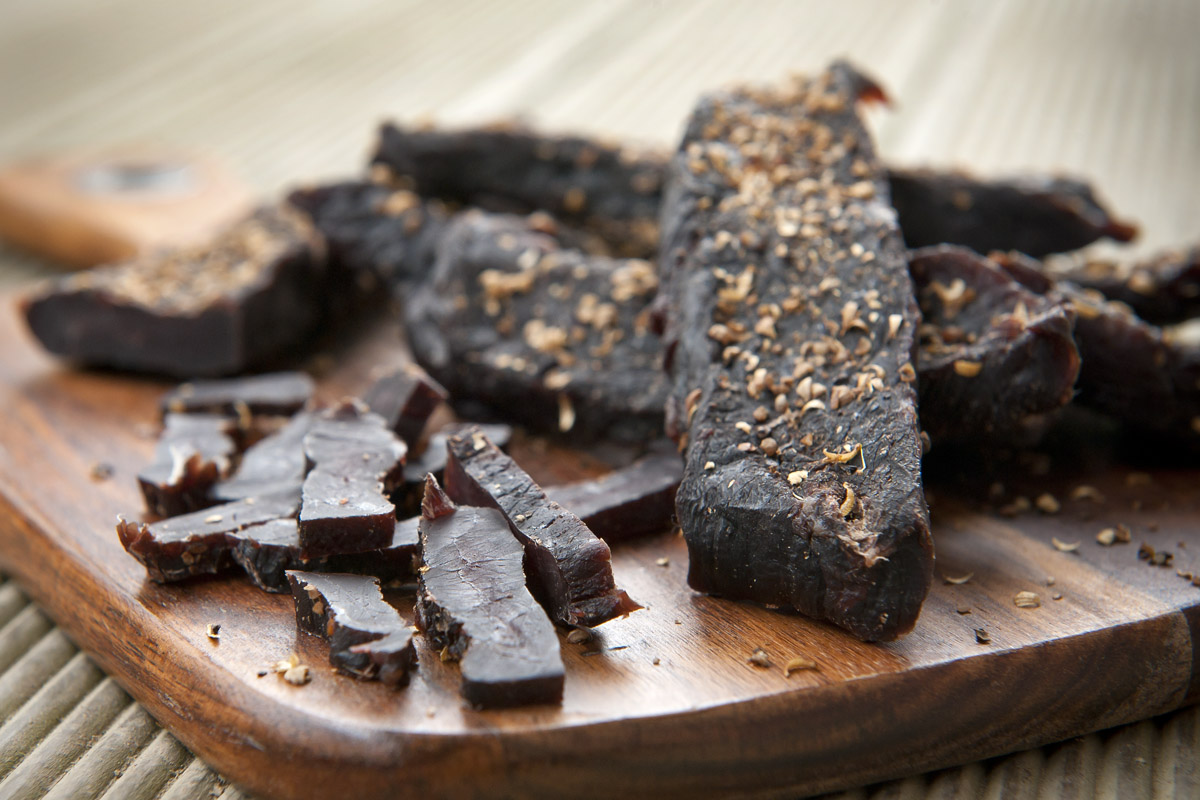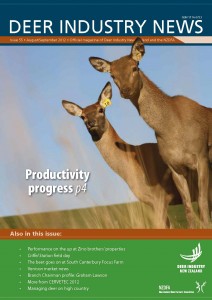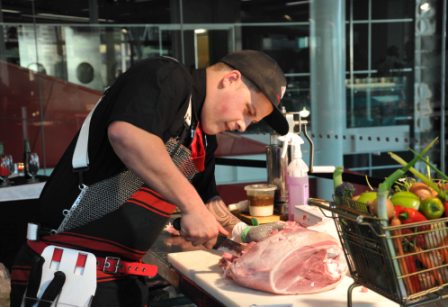 The Government released the second of its six progress reports – Building Innovation – under its Business Growth Agenda this week. The move has been welcomed by the Meat Industry Association (MIA).
The Government released the second of its six progress reports – Building Innovation – under its Business Growth Agenda this week. The move has been welcomed by the Meat Industry Association (MIA).
Building innovation is central to building a more competitive and productive economy, said Prime Minister John Key at a business breakfast launch for the report earlier this week, adding that it gives a clear picture of the more than 50 policy initiatives the Government has underway to improve innovation, competition and the commercialisation of smart ideas and research into new products.
It calls for a doubling of the amount businesses spend on research and development, from 0.54 percent of GDP to more than one percent of GDP.
MIA chief executive Tim Ritchie has welcomed the report, saying that the meat industry is “all for anything that helps in that area.” Industry is very interested in innovation and already has a number of initiatives in place, he says.
“Individual members are involved with a number of Primary Growth Partnership projects, while the industry has also invested in Ovine Automation Ltd, a consortium of nine MIA member companies and the government that is looking at bringing a step change in sheep processing through the use of automation.”
This all adds to innovations individual meat companies are working on in their own workplaces, like Silver Fern Farms’ robotics projects, Ritchie explains.
New Advanced Technology Institute
Meat exporters will also benefit in the future from the new Advanced Technology Institute (ATI) that was announced this week will be named after the late Sir Paul Callaghan. It is to receive $166 million over the next four years and is one of the initiatives to grow business research and development further.
The Institute will be a one-stop shop that will help high-tech firms become more competitive by better connecting them with innovation and business development expertise within the institute, around the country and internationally, Steven Joyce, science and innovation minister says.
‘It will focus on industries with significant growth potential such as food and beverage manufacturing, agri-technologies, digital technologies, health technologies and therapeutics manufacturing and high-value wood products.
“The ATI will take over some business development functions that are currently within the Ministry of Business, Innovation and Employment. This will include the administration of some business research and development grants,” Joyce says.
A seven member establishment board has been tasked with having the ATI up and running by the end of the year. Chaired by Sue Suckling, who led the set up of AsureQuality NZ and NZQA, other board members include Industrial Research Ltd (IRL) director and former New Zealand Game Industry Board and Cervena Ltd chairman Richard Janes and Dr Michele Allan, who has leadership experience across many facets of the Australian food industry. They join IRL chair Michael Ludbrook, entrepreneur Neville Jordan, Auckland Transport director Paul Lockey and Plant and Food Research chair Michael Ahie.
Strong support in business community
Business NZ says that there is strong support in the business community for the Government’s systematic approach to building innovation. The ATI is a centrepiece of the innovation policy, says BNZ chief executive Phil O’Reilly.
“But there are many other initiatives including expanded TechNZ funding, better, government procurement policies, National Science challenges, more funding for the Performance-Based Research Fund, refinement of trademark and patents law, more investment in engineering at tertiary institutes, encouragement for multi-nationals to conduct research in NZ and others.
“It is up to business to innovate and grow and take up the Government’s invitation to keep the lines of communication open and provide feedback on how we are travelling towards a high-tech future.”







